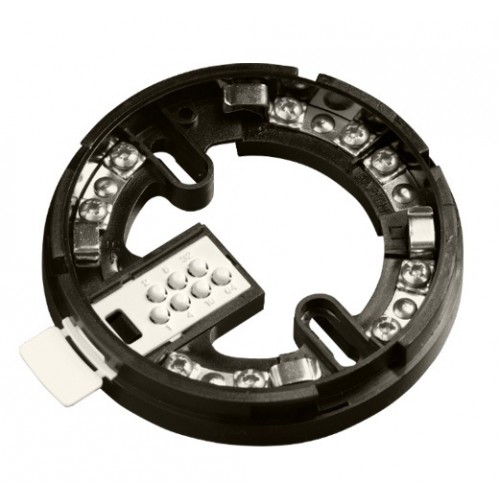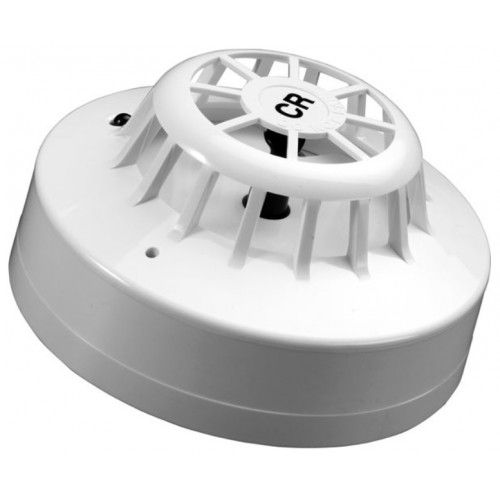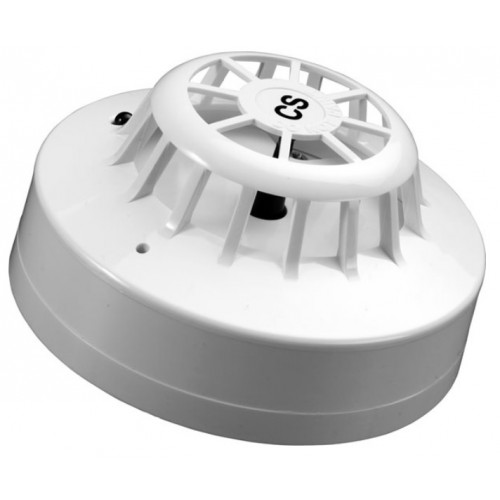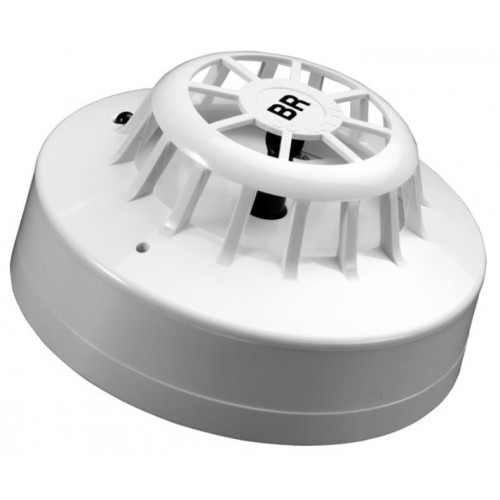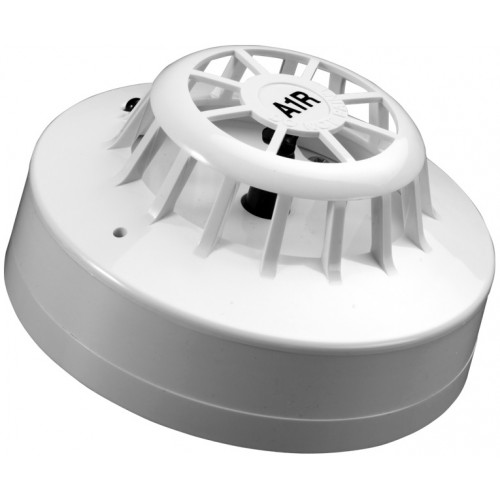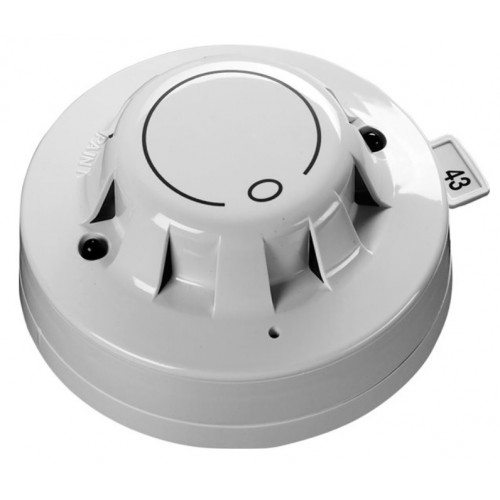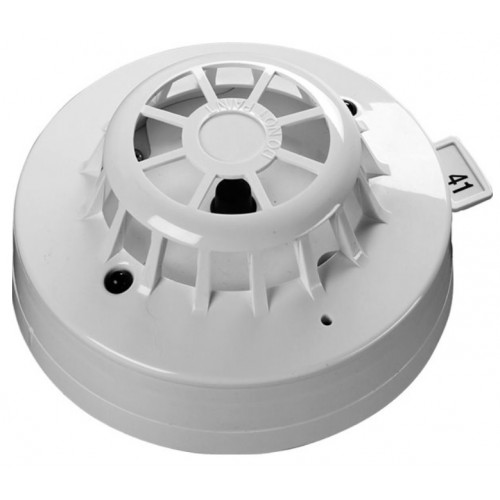Apollo XP95 Standard Base Black 45681-361APO
Apollo XP95 Standard Base Black 45681-361APOStandard XP95 Black Base to go with the Black version Optical Ionisation Smoke Detectors.Product InformationAll detectors in the Apollo Discovery range fit the Apollo Intelligent Mounting Base. The Mounting Base is a low insertion force base with stainless steel contacts for the detector terminals. XPERT cards are supplied with all bases.Key FeaturesXPERT AddressingOne way fit of detector
